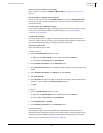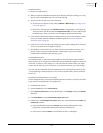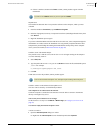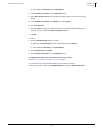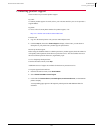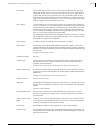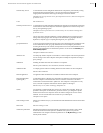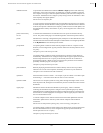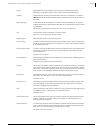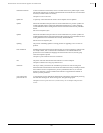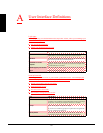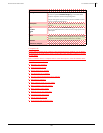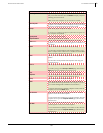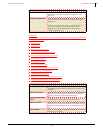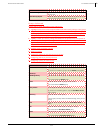
164
Enforced Client Anti-Virus and Anti-Spyware 4.5 Product Guide Glossary
outbreak DAT file A special detection definition file marked as Medium or High importance and released by
SonicWALL Avert Labs in response to an outbreak. It is specially encoded to inform the
first computer receiving it to share the update immediately with other client computers on
the network. Administrators can configure a policy setting to check for outbreak DAT files
more frequently than regular updates.
See also detection definition files.
policy A group of security settings that define how each SonicWALL protection service operates
on client computers. Policies determine which programs and communications are detected
as threats, the response to detections, the frequency of tasks such as scans and updates, and
the implementation of many other features. A policy can be assigned to one or more client
computers.
portal, email security
service
A website where administrators can customize and view reports for the email security
service. The portal’s home page is accessed through links on the SecurityCenter website.
profile Information for contacting a designated recipient (usually the account administrator) with
information about a Enforced Client subscription. Administrators can configure profile data
on the My Account tab of the SecurityCenter website.
prompt mode An operating mode in which the client software prompts the user for a response to each
detection; can be configured for spyware protection and for the firewall protection service
in a policy.
Compare to protect mode and report mode.
protect mode An operating mode in which the client software blocks or attempts to clean detections
automatically. Administrators can configure Prompt mode for spyware protection and for
the firewall protection service in a policy. If the firewall protection service detects an
unrecognized program, it blocks it. If the virus and spyware protection service detects a
potentially unwanted program, it attempts to clean it.
Compare to prompt mode and report mode.
push installation Remotely deploying the Enforced Client software directly from the service provider’s
website to one or more client computers, eliminating the need for any user interaction.
Compare to silent installation and URL installation.
quarantine Enforced isolation of a file or folder — for example, to prevent a threat or to isolate a spam
email message — until action can be taken to clean or remove the item.
quarantine folder The location on a computer system for storing email messages that might contain virus or
other suspicious code; messages are stored until they can be reviewed and a course of action
determined.
registry keys Information stored in the Microsoft Windows system registry, which is a database
containing the information required to configure a client system. Registry keys identify
installed hardware, installed applications and their configuration settings, registered ports,
and much more. Unwanted programs can change the value of registry keys or create new
ones to execute malicious code.
relay server A network computer with an Internet connection that downloads updated files from the
SonicWALL update site for retrieval by other network computers without Internet
connections.
See also Internet Independent Updating (IIU), rumor technology, and update site.
report mode An operating mode in which the client software logs detections for reporting purposes but
does not take additional action; can be configured for spyware protection and for the
firewall protection service in a policy.
Compare to prompt mode and protect mode.



